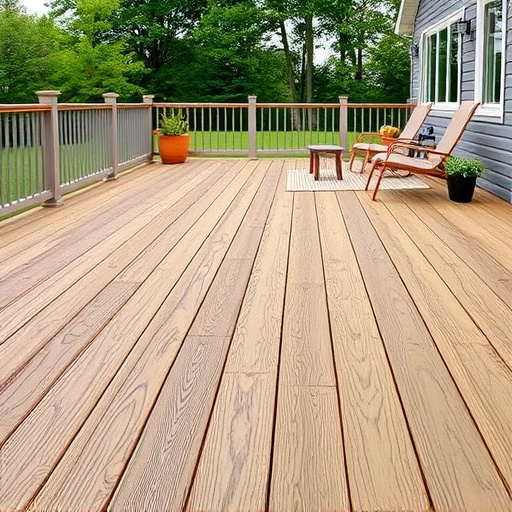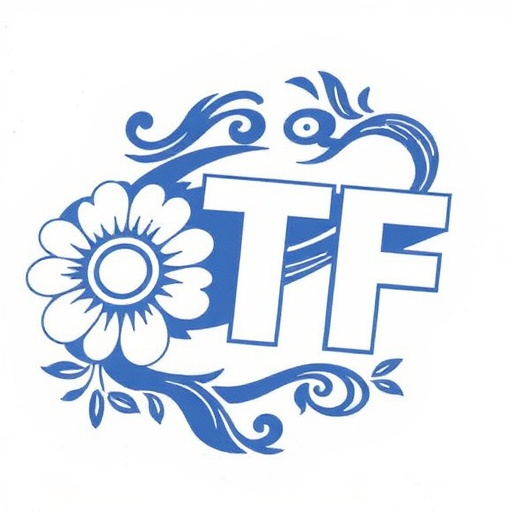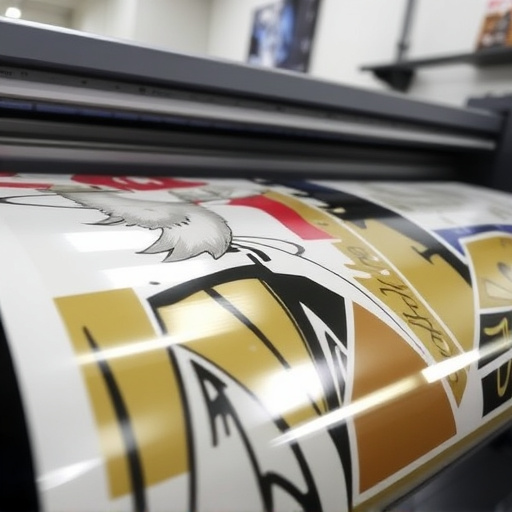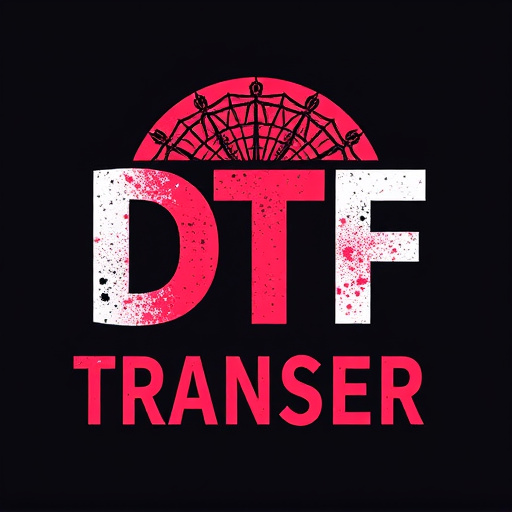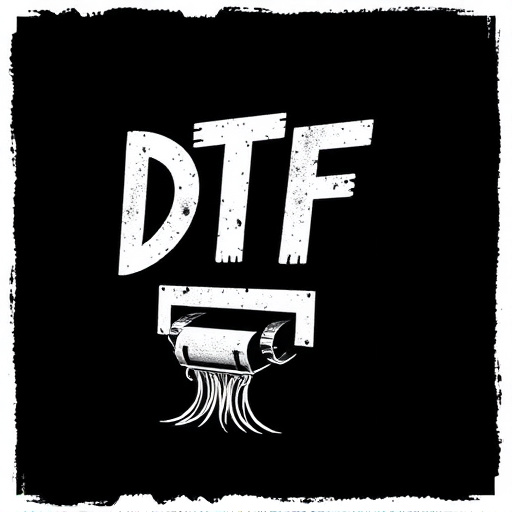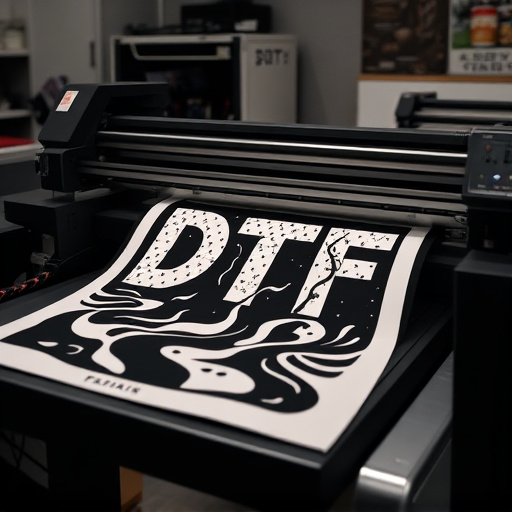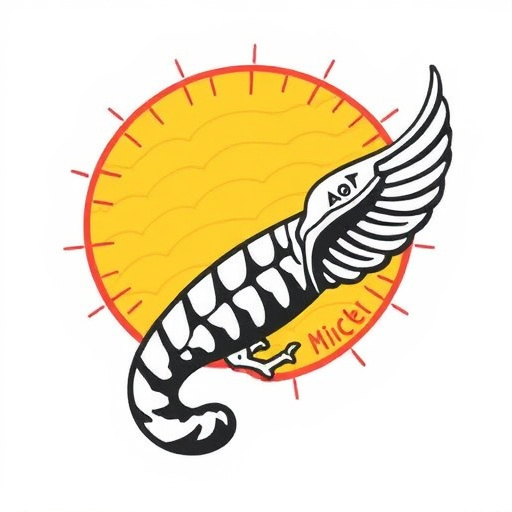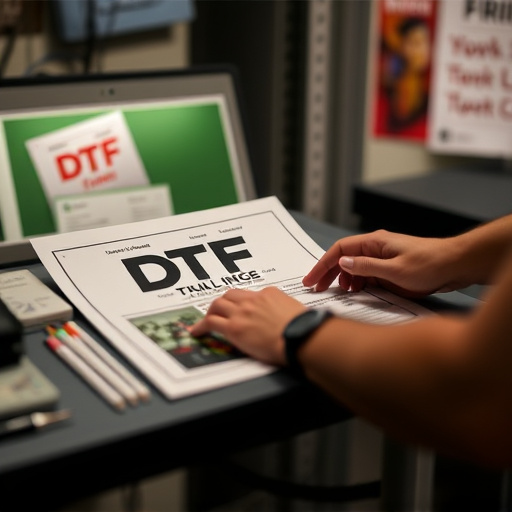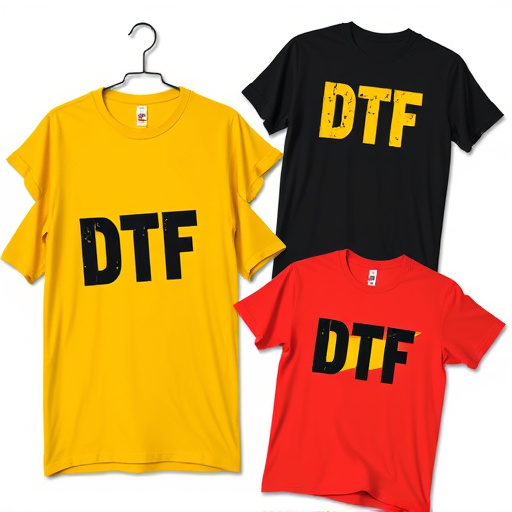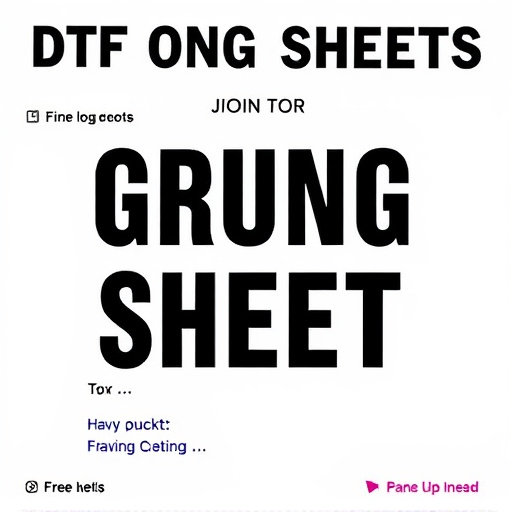DTF Garment Printing is revolutionizing the fashion industry for small businesses by offering fast, high-quality custom designs without traditional steps like screen printing or embossing. This process enables rapid production of unique personalized garments perfect for limited-edition collections or pop-up stores. Its flexibility, quick delivery, and support for various fabric types make it a game-changer, fostering creativity in apparel and effectively catering to small-batch orders with durable prints that withstand regular wear and washings, all while remaining cost-effective. Best practices include meticulous artwork preparation, using a gang sheet builder, selecting suitable garments and materials, and regular quality control through test prints for consistent results.
“Discover the game-changing potential of DTF (Direct to Garment) printing for small-batch orders. This innovative technology is revolutionizing the way businesses approach custom apparel, offering unparalleled design versatility and efficiency.
In this article, we’ll explore the benefits of DTF garment printing, from its precision and speed to its cost-effectiveness for smaller production runs. We’ll also provide valuable insights into best practices to ensure successful orders, helping you navigate this dynamic printing process.”
- Understanding DTF Garment Printing and Its Advantages
- Benefits for Small-Batch Production
- Best Practices for Effective DTF Garment Printing Orders
Understanding DTF Garment Printing and Its Advantages
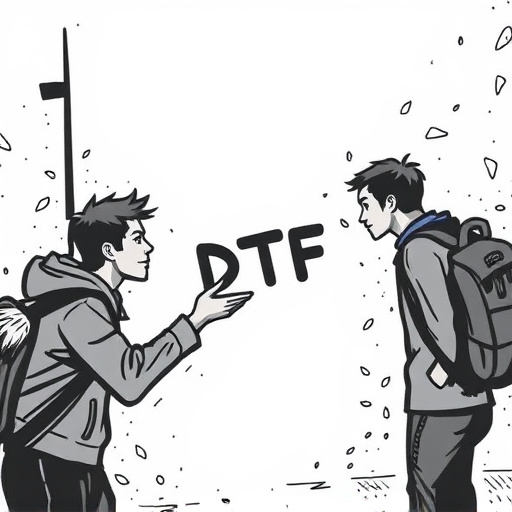
DTF Garment Printing is a cutting-edge technique revolutionizing the fashion industry, especially for small businesses and entrepreneurs. This process involves direct to fabric (DTF) printing technology that allows for high-quality, custom designs on various garments with remarkable speed and efficiency. By skipping the traditional steps of screen printing or embossing, DTF enables the production of unique, personalized items in minimal time.
One of the key advantages lies in its ability to cater to small-batch orders effectively. Whether it’s a limited-edition collection or a pop-up store’s special run, DTF custom orders offer unparalleled flexibility. It also ensures that businesses can meet demanding timelines with its fast delivery services, making it an ideal choice for those seeking prompt production without compromising on quality. Additionally, the technique supports a wide array of fabric types and designs, fostering creativity in the apparel sector.
Benefits for Small-Batch Production

For small businesses or entrepreneurs looking to launch limited-edition clothing lines, DTF garment printing offers numerous advantages for production. One of the key benefits is its suitability for small-batch orders. Unlike traditional printing methods that require substantial set-up costs and are best suited for mass production, DTF transfer printing allows for quicker turnaround times and lower minimum order quantities. This makes it an ideal solution for those aiming to test market trends or produce custom, personalized garments.
The durability of DTF prints is another significant advantage. The technology uses high-quality inks that are heat-fused into the fabric, resulting in vibrant colors and a long-lasting finish. This ensures that the printed designs withstand regular wear and washings, making it perfect for small batches where every piece needs to be of excellent quality. Moreover, DTF garment printing provides businesses with a cost-effective way to offer unique, on-trend designs without breaking the bank for both production and order minimums.
Best Practices for Effective DTF Garment Printing Orders
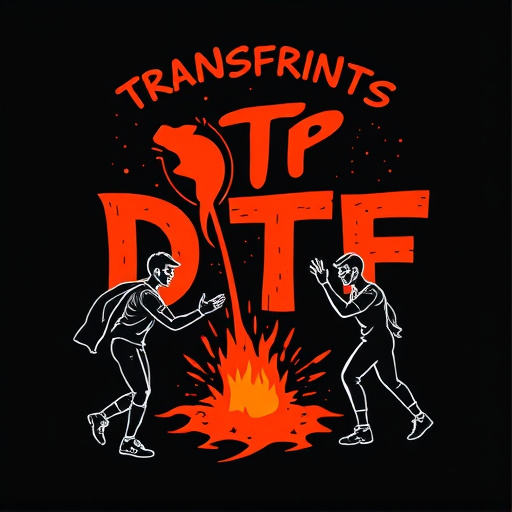
When placing DTF (Direct to Garment) garment printing orders, a few best practices can ensure top-quality results. Start by preparing your dtf artwork transfers with precision; clear, crisp designs translate into superior print quality on garments. Utilize a dtf gang sheet builder for efficient organizing and streamlining the order process. This tool helps manage multiple design placements, ensuring cost-effectiveness and minimizing waste during printing.
Additionally, select suitable garment types and colors that align with your target audience and design concepts. Consider fabric materials that offer the best print adherence and durability. Regularly review and test print samples to ensure consistency across batches, especially when dealing with varied designs or color profiles. This quality control measure guarantees that each small-batch order meets high standards, making your DTF garment printing process reliable and successful.
DTF garment printing offers a dynamic solution for small-batch orders, combining efficiency and versatility. By leveraging this technology, businesses can swiftly produce unique, customized garments tailored to niche markets or special events. With the right practices in place, from design optimization to material selection, brands can ensure high-quality outcomes, minimizing waste and maximizing profitability. DTF printing empowers creators and enterprises alike to bring their designs to life on a small scale, providing an agile and cost-effective alternative to traditional manufacturing methods.

